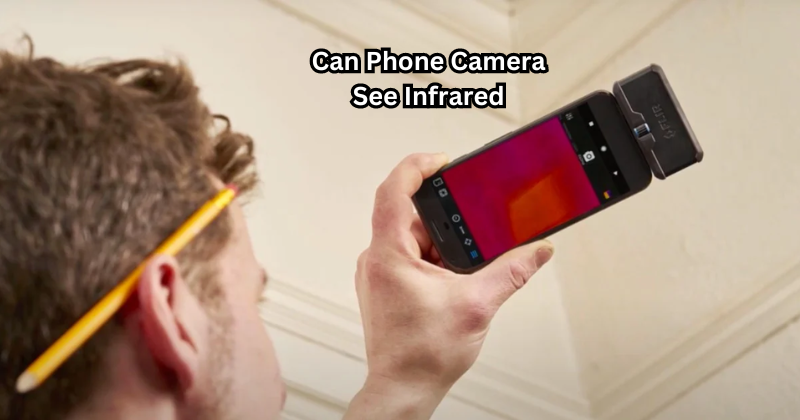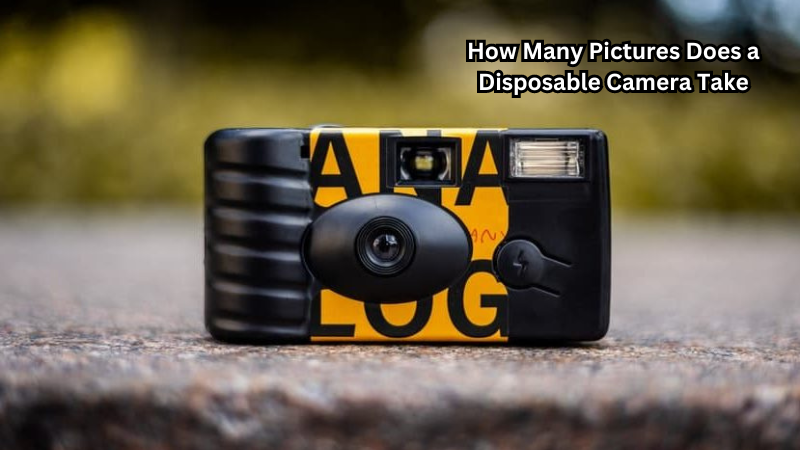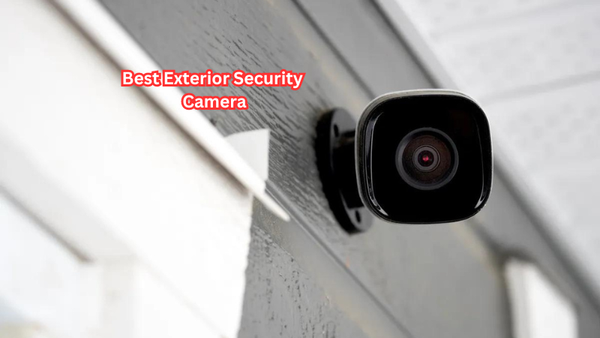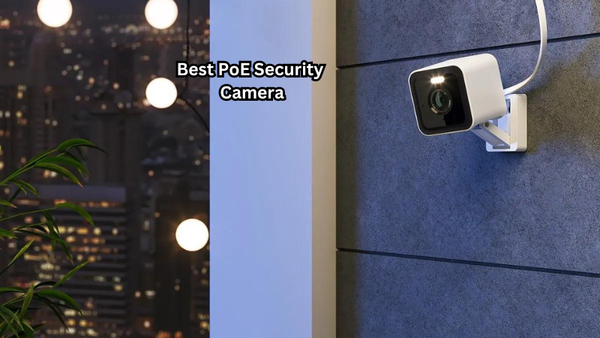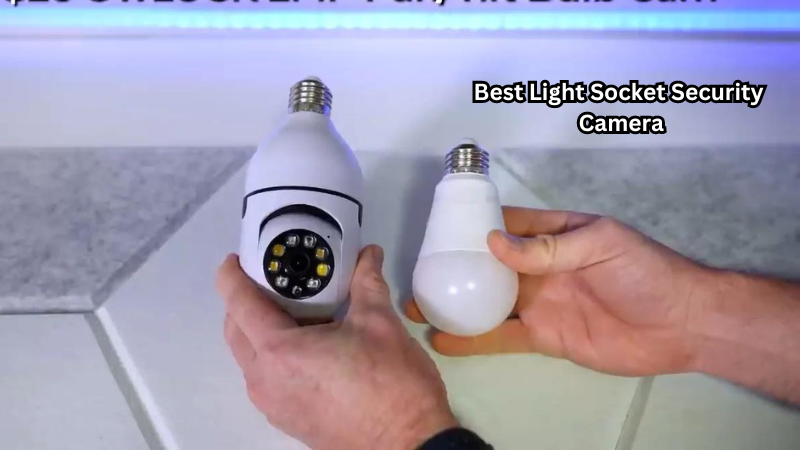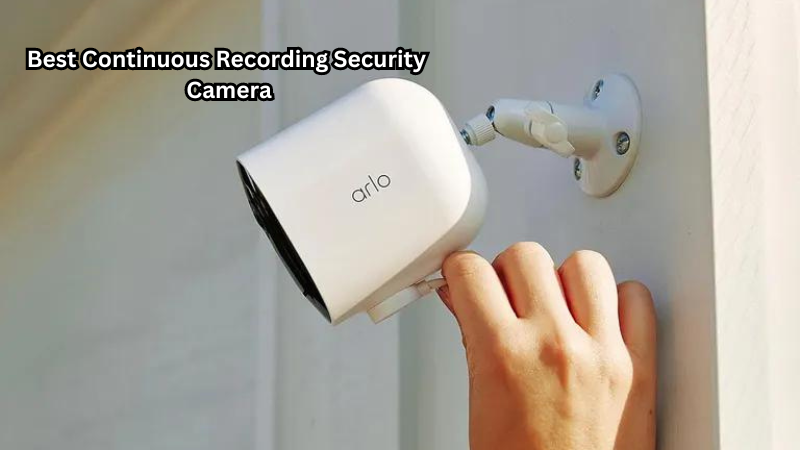Infrared light, a type of electromagnetic radiation invisible to the naked eye, plays a crucial role in various applications, from remote controls to thermal imaging. Its ability to capture heat signatures and provide night vision makes it invaluable in everyday gadgets and advanced technology.
With smartphone cameras becoming increasingly sophisticated, many are curious whether they can detect infrared light. Understanding this capability can unlock a range of practical uses, such as enhancing photography, improving security features, and enabling innovative applications like augmented reality.
This article explores the fascinating intersection of phone camera technology and infrared detection, unveiling potential benefits and limitations. It also discusses the challenges in incorporating infrared detection into smartphone cameras and the current state of this capability.
Understanding Infrared Light
Before delving into cell phone camera capabilities, it's essential to understand what infrared light is and how it differs from visible light. Infrared radiation falls on the electromagnetic spectrum between microwaves and visible light. Unlike visible light, which the human eye can perceive within a limited range, infrared radiation has longer wavelengths beyond our perception.
In other words, while we see colors like red, green, and blue that correspond to different wavelengths of visible light, we cannot see infrared wavelengths. This characteristic makes infrared radiation invisible to us unless we use specialized equipment to detect its specific range.
There are three types of infrared radiation: near-infrared, mid-infrared, and far-infrared. Each type has a different wavelength range and is used for various purposes. For example, near-infrared is used in tv remote control signals, while far-infrared is used in thermal imaging to detect heat signatures. To detect IR light, we need sensors that can capture these wavelengths.
Understand Phone Camera Technology
Smartphone cameras have come a long way since their humble beginnings as low-resolution image-capture devices. Today's smartphone cameras boast advanced features like high megapixel count, optical image stabilization, and various modes for capturing photos and videos. However, the question remains: Can they detect infrared light?
We must understand how modern phone camera technology works to answer that question. Smartphone cameras use CMOS (Complementary Metal-Oxide-Semiconductor) sensors to capture images. These sensors contain millions of tiny photodiodes that convert light into electrical signals, which are then processed and turned into digital images. Digital camera sensors are sensitive to light in the visible spectrum, which is why they cannot detect infrared light.
However, the IR light source is not part of the visible light spectrum and cannot be detected by CMOS sensors. As a result, smartphone cameras cannot detect infrared light using their regular sensors. The IR filter is also placed on the camera lens to block infrared light and prevent it from interfering with visible light images.
The Challenges of Incorporating Infrared Detection into Smartphone Cameras
While smartphone cameras cannot see infrared light, this capability can be added through specialized filters or sensors. However, several challenges exist in doing so.
Firstly, adding an IR filter or sensor can significantly increase the cost of smartphone production. This added cost may not be feasible for budget-friendly devices with very thin profit margins.
Secondly, incorporating infrared detection into a smartphone camera would require significant changes to the device's hardware and software. It would also impact the design and size of the camera module, making it bulkier.
Thirdly, there are safety concerns related to having IR light sources close to our faces. As infrared radiation can penetrate the skin and cause damage at high levels, manufacturers must ensure proper safety measures before integrating this technology into smartphones.
The Current State of Infrared Detection in Smartphone Cameras
Despite the challenges, some smartphone manufacturers have experimented with incorporating infrared detection into their devices. For instance, the Samsung Galaxy S20 Ultra features a ToF (Time-of-Flight) sensor that can detect near-infrared light and improve depth perception for photos and videos.
Some smartphone cameras can also capture infrared images by removing the IR filter or adding a special lens attachment. However, these methods are not widely available and require some technical knowledge to use effectively.
Can Phone Camera See Infrared?
The short answer is no; most. Most smartphone cameras cannot see infrared. However, some smartphones can detect near-infrared light to a certain extent. Manufacturers like Samsung and Huawei have experimented with incorporating infrared sensors in their devices for features such as facial recognition and depth sensing.
Additionally, external attachments are available that can enable smartphone cameras to capture infrared images. For example, FLIR Systems offers a thermal imaging camera attachment for various iPhone models, allowing them to see heat signatures and provide thermal imaging capabilities.
What are the Hurdles to Detect Infrared?
While it is possible to incorporate infrared detection into smartphone cameras, several challenges need to be overcome. Here are some of the hurdles faced in achieving this capability:
- Sensor limitations: As mentioned earlier, smartphone sensors are not optimized for detecting infrared light. This means that even if a smartphone has an infrared sensor, it may not produce high-quality images due to its sensor limitations.
- Cost: Infrared technology is still relatively expensive compared to visible light technology, making it challenging to incorporate into affordable smartphones.
- Battery life: Using infrared technology requires additional power, which can drain a smartphone's battery faster.
- Legal restrictions: In some countries, there are laws and regulations pertaining to the use of infrared technology on personal devices like smartphones.
How to detect infrared cameras?
If you are interested in exploring the capabilities of infrared detection on your smartphone camera, here are some steps you can take to check if your device has this feature:
- Research: Start by researching the specifications of your phone model and see if it mentions anything about infrared sensors or capabilities.
- Download a specialized camera app: There are apps available that claim to be able to detect infrared light using your phone's camera. However, these may not always be reliable as they rely on software rather than hardware.
- Look for aftermarket attachments: As mentioned earlier, there are external attachments available that can enable smartphones to capture infrared images. You can look for these online or at tech stores near you.
- Consult with a professional: If you have specific infrared detection needs, it is best to consult with a professional who can provide expert advice and possibly even customize a smartphone for your specific use case.
Can Cell Phone Cameras be Used to View IR Radiation in Complete Darkness?
While some smartphones may have the capability to detect near-infrared light, they cannot capture images in complete darkness without the use of external attachments or specialized equipment.
This is because infrared radiation requires a heat source to produce an image, and most phone cameras do not have thermal imaging capabilities.
However, night vision apps are available that use the phone's LED flash as a light source to enhance visibility in low-light conditions. So, while cell phone cameras may not be able to view IR radiation in complete darkness, they can still provide some level of enhanced vision with the help of technology.
As smartphone camera technology continues to advance, we may see more innovative ways to incorporate infrared detection into our devices for various practical applications.
FAQs
Can digital cameras see infrared radiation?
Most digital cameras, including smartphones, have an IR filter that blocks infrared light from reaching the sensor. However, this filter can be removed or replaced to enable infrared detection. In phone cameras, including the rear camera, this filter is typically permanent and cannot be removed.
How can I use my phone camera to detect IR light from an IR LED?
You can use your phone's camera to detect IR light from an IR LED by using a remote control or TV remote. Point the LED towards the camera, and if you see a purple light on the screen, it means that your phone has some level of infrared detection capabilities.
Why can't standard phone cameras detect infrared light?
The cell phone camera lens is made to detect visible light. Invisible visible light from the spectrum, such as infrared or ultraviolet, is not detected by the camera lens. Additionally, most phone cameras have an IR filter that blocks infrared light from reaching the sensor.
Which phones have infrared?
Some smartphone models that have infrared capabilities include the Samsung Galaxy S20 series, Huawei P30 Pro, Xiaomi Mi 10, and OnePlus 12. However, it's always best to check the specifications of a specific phone model before assuming it has an infrared sensor or capabilities.
Conclusion
In summary, most smartphone cameras cannot see infrared light due to their CMOS sensors and IR filters, which are optimized for visible light.
However, some high-end models incorporate near-infrared sensors for specific features like facial recognition. Modifying the camera or using external attachments, such as thermal imaging devices, can enable infrared detection.
While these solutions offer enhanced capabilities, they come with technical challenges and potential costs. As technology advances, we may see more practical implementations of infrared detection in smartphones.
